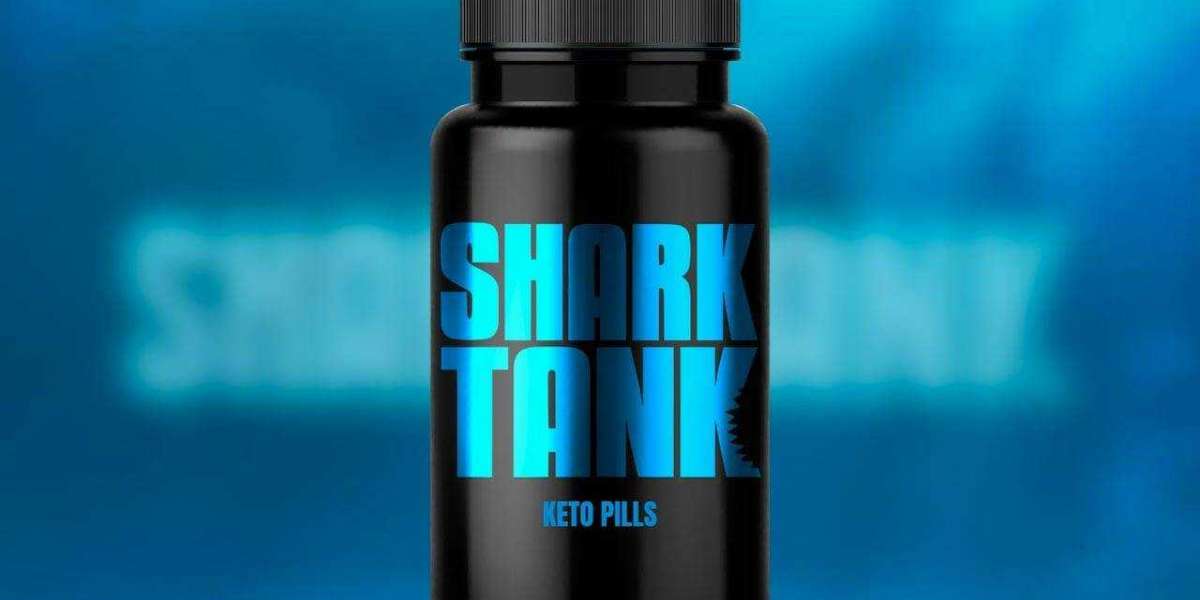In the realm of modern medicine, the pursuit of more effective and targeted drug delivery methods has led to significant advancements. Among these, magnetic-driven drug delivery technology stands out as a revolutionary approach with the potential to transform the way we treat diseases. By harnessing the power of magnets, this innovative technique offers precise control over drug distribution within the body, opening new avenues for improved therapeutic outcomes and reduced side effects.
Understanding Magnetic-Driven Drug Delivery Technology
At the heart of magnetic-driven drug delivery lies the use of magnetic nanoparticles as carriers for therapeutic agents. These nanoparticles are engineered to respond to external magnetic fields, allowing for remote manipulation and guidance to specific target sites within the body. By directing drug-loaded nanoparticles with precision, this technology enables localized delivery while minimizing systemic exposure.
Advantages of Magnetic-Driven Drug Delivery
The primary advantage of Magnetic Driven Drug Delivery Technology is its ability to enhance the precision and efficiency of drug delivery. Unlike conventional methods, which rely on passive diffusion or systemic circulation, magnetic-driven delivery offers targeted localization of therapeutic agents, maximizing their efficacy while minimizing off-target effects. This targeted approach holds immense promise for improving patient outcomes and quality of life.
Tailoring Treatment Strategies
One of the most compelling aspects of magnetic-driven drug delivery is its versatility in tailoring treatment strategies to individual patient needs. By fine-tuning parameters such as nanoparticle size, surface properties, and magnetic responsiveness, clinicians can customize drug delivery regimens for specific diseases and patient profiles. This personalized approach not only improves therapeutic efficacy but also reduces the risk of adverse reactions.
Overcoming Biological Barriers
A significant challenge in conventional drug delivery is overcoming biological barriers that hinder the effective delivery of therapeutic agents. Magnetic-driven drug delivery technology offers a solution to this problem by providing a means to bypass or penetrate these barriers. By guiding drug-loaded nanoparticles directly to the target site, this approach enables efficient delivery of drugs that would otherwise be hindered by biological obstacles.
Promising Applications in Disease Treatment
Magnetic-driven drug delivery technology holds promise for a wide range of medical applications, including cancer therapy, neurological disorders, and inflammatory conditions. In oncology, for example, magnetic nanoparticles can be directed to tumor sites, allowing for localized delivery of chemotherapy drugs while sparing healthy tissues. Similarly, in neurodegenerative diseases such as Alzheimer's, magnetic-driven delivery offers a means to deliver therapeutic agents across the blood-brain barrier to target affected regions.
Future Directions and Challenges
While magnetic-driven drug delivery technology has shown great potential, there are still challenges to be addressed, such as optimizing nanoparticle properties, ensuring biocompatibility, and scaling up production. Additionally, regulatory approval and clinical adoption may require further validation and refinement. However, with continued research and development efforts, these challenges can be overcome, paving the way for the widespread implementation of this transformative technology in clinical practice.
Magnetic-driven drug delivery technology represents a paradigm shift in the field of drug delivery, offering unparalleled precision, efficiency, and customization. By harnessing the power of magnets, this innovative approach has the potential to revolutionize medicine, ultimately leading to improved patient outcomes and a brighter future for healthcare.



